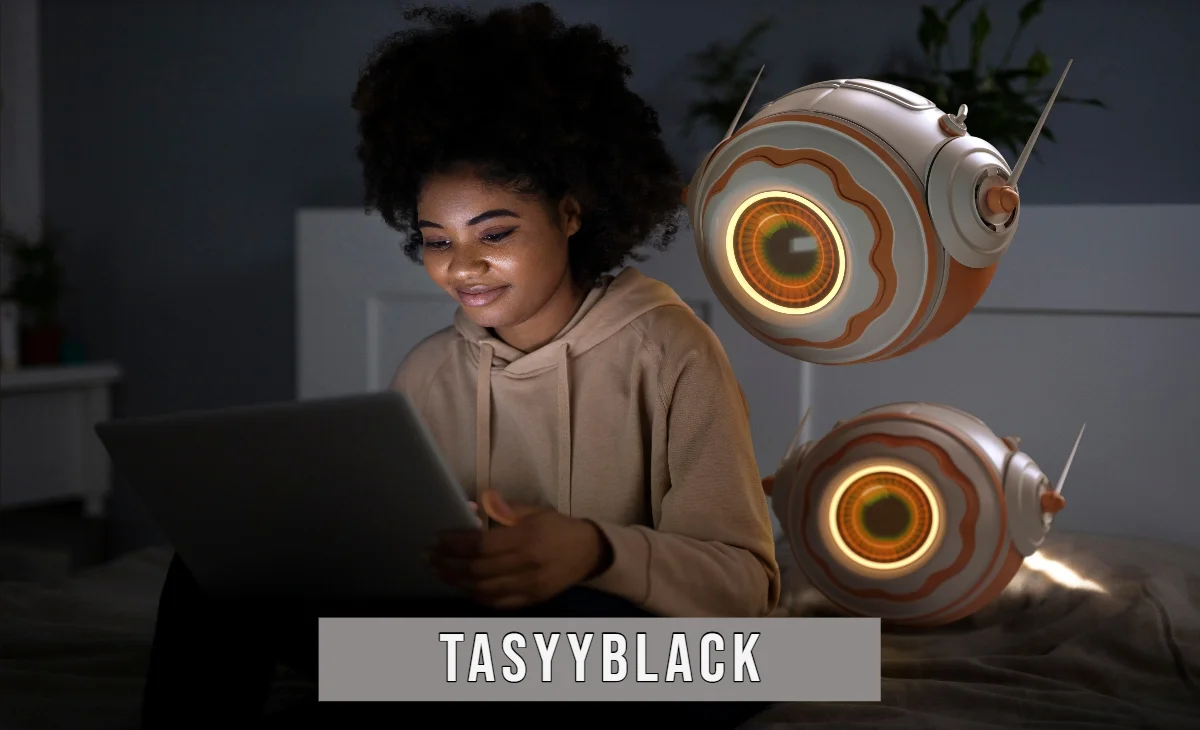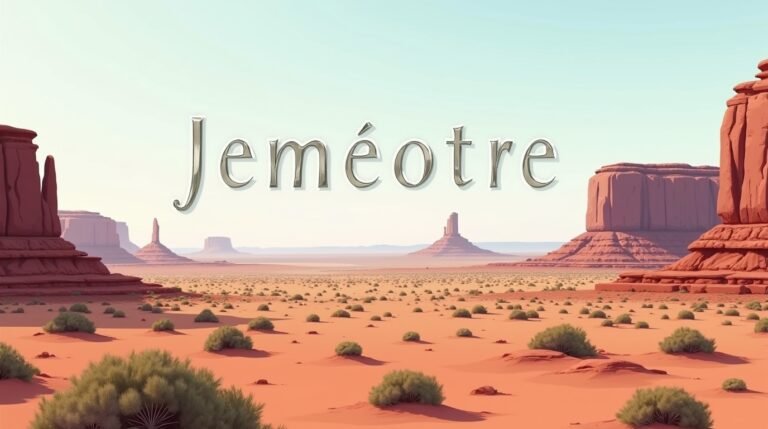What drives an online platform to become a hub for digital art and fan culture? Ffbooru stands out as a specialized image hosting site designed for sharing, organizing, and discovering creative content. Emerging from niche online communities, it has grown into a space where artists and fans collaborate through intuitive tools like tagging systems and collaborative galleries. Unlike conventional platforms, ffbooru emphasizes community-driven curation and accessibility, shaping trends in fan art and digital expression. Yet its journey isn’t without hurdles, from copyright disputes to content moderation. This article explores how ffbooru operates, its cultural footprint, and what lies ahead for this unique corner of the internet.
Key Features and Functionality
Ffbooru’s design prioritizes accessibility and efficiency. The platform’s interface balances simplicity with powerful tools, making it easy for users to explore and contribute. A central feature is its tag-based organization system, which allows content to be sorted by themes, characters, or styles. Users can filter results using combinations of tags, colors, or ratings, streamlining the search for specific artwork.
The upload process is straightforward, supporting batch submissions and multiple file formats. Artists can add descriptive tags during uploads, improving content discoverability. Collaborative features let users edit tags or suggest corrections, fostering shared responsibility for content accuracy.

Content on ffbooru spans a wide range, from fan art inspired by popular franchises to original character designs. Categories often reflect trending topics, influenced by community interests and events. This diversity attracts both casual browsers and dedicated creators, offering inspiration and exposure.
Advanced search tools and daily curated galleries highlight popular or underappreciated works, ensuring fresh content remains visible. These features create a dynamic environment where creativity and organization coexist, setting ffbooru apart from generic image hosts.
Community Dynamics and Cultural Impact
Ffbooru thrives on active participation between artists, contributors, and audiences. The platform’s structure encourages collaboration, with users often building on shared themes or characters. Artists receive direct feedback through comments and tags, creating a cycle of inspiration where fan art evolves through reinterpretation.
Fan-driven content dominates the platform, reflecting trends in gaming, anime, and pop culture. Communities form around specific franchises or styles, with users creating dedicated tags to organize niche content. This collective effort helps preserve lesser-known works and amplifies emerging artists.
The platform’s openness to diverse artistic styles challenges rigid creative norms. Experimental or unconventional art often gains traction, pushing boundaries in digital expression. This inclusivity attracts creators who feel underserved by mainstream platforms, fostering a space where experimentation is celebrated.
Ffbooru also serves as an informal archive for fan culture. Events like fan challenges or collaborative projects generate waves of themed submissions, documenting shifts in community interests over time. These interactions blur the line between creator and audience, making art creation a shared experience rather than a solo endeavor.
By prioritizing accessibility and interaction, ffbooru shapes how online art communities grow. Its model demonstrates how user-driven platforms can influence broader creative trends while maintaining a grassroots identity.
Challenges and Ethical Considerations
Ffbooru’s open contribution model brings inherent risks. Copyright disputes arise when users upload material without proper permissions, even unintentionally. The platform relies on a mix of automated filters and user reports to identify unauthorized content, but gaps persist. Balancing creative freedom with legal compliance remains a persistent issue, especially for fan art inspired by copyrighted franchises.
Spam and misuse strain moderation efforts. Automated bots or bad actors sometimes flood the platform with low-quality posts, off-topic material, or harmful content. Volunteer moderators and flagging systems work to curb this, but scalability challenges emerge as the user base grows.
Content guidelines aim to maintain a safe environment, but subjectivity complicates enforcement. Decisions around mature content or controversial themes can spark debates about censorship versus protection. Communities occasionally clash over tagging practices, such as whether certain terms stigmatize specific art styles or subjects.
Ethical questions also surface around attribution. While ffbooru encourages tagging original artists, tracing authorship for reposted or edited work isn’t always straightforward. This ambiguity risks undervaluing creators’ labor, despite the platform’s reliance on their contributions.
Addressing these issues without stifling creativity defines ffbooru’s ongoing evolution. Solutions like improved attribution tools or clearer licensing prompts are explored, but user cooperation remains central to sustaining the platform’s ethos.
Future Directions and User Engagement
Ffbooru’s development roadmap focuses on refining tools while maintaining its community-driven ethos. Plans include expanding the tagging system to support multilingual labels, aiding global users in discovering content. Mobile interface improvements aim to streamline browsing and uploading, addressing growing reliance on handheld devices. Experimental features, like AI-assisted tag suggestions, could reduce manual input while preserving accuracy.
Community growth hinges on partnerships with independent art festivals or fan conventions, integrating real-world events with digital showcases. User-driven initiatives, such as themed art weeks or mentorship programs, might bridge gaps between seasoned creators and newcomers.
For new users, engagement begins with account creation, granting access to personalized galleries and interaction features. Uploading art requires attention to descriptive tags and category alignment, boosting visibility. Engaging with comments or contributing to collaborative tag edits builds reputation and fosters connections.
Balancing innovation with tradition remains a priority. Feedback loops, like polls or beta-testing groups, let users shape updates directly. Transparent communication about policy changes helps maintain trust as the platform evolves.

Ffbooru’s adaptability—rooted in its users’ creativity—positions it to influence digital art culture while navigating technical and social shifts. The platform’s sustainability relies on balancing growth with the grassroots values that defined its origins.
Conclusion
Ffbooru’s blend of collaborative tools and community spirit redefines how digital art is shared and celebrated. By prioritizing accessibility and user-driven curation, the platform bridges creativity with organization, enabling artists and fans to shape trends collectively. Challenges like copyright disputes and moderation complexities test its open model, yet iterative updates and community feedback suggest a path forward. As ffbooru evolves, its success hinges on preserving the grassroots energy that fueled its growth while adapting to technological and cultural shifts. For creators and enthusiasts alike, the platform remains a dynamic space where art thrives through connection, experimentation, and shared passion.





